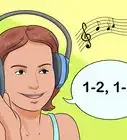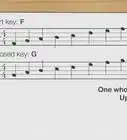This article was co-authored by Jennifer Mueller, JD. Jennifer Mueller is a wikiHow Content Creator. She specializes in reviewing, fact-checking, and evaluating wikiHow's content to ensure thoroughness and accuracy. Jennifer holds a JD from Indiana University Maurer School of Law in 2006.
This article has been viewed 25,911 times.
The ukulele is a relatively easy instrument to learn, but some chords can be a little more difficult than others. The E chord, in particular, can be a challenging chord to sound clearly – especially for beginners. And yet, it remains a common chord in many popular songs. Luckily, there are several different chord shapes you can try until you find one that's comfortable for you.[1]
Steps
Playing the Standard E Chord Shape
-
1See if you can make the traditional chord shape. Before you start trying alternatives that may not play as clean, see if you can play an E chord the traditional way. This involves placing your index finger on the second fret of the A string, your middle finger on the fourth fret of the G string, your ring finger on the fourth fret of the C string, and your little finger on the fourth fret of the E string.[2]
- This chord shape involves a lot of fingers crammed into a small space, which can lead to lots of problems. If you have larger hands or thick fingers, the traditional chord shape may not even be possible for you to do.
Tip: Ukulele chords are also represented as text chords, which each number telling you the number where that string is fretted to make the chord. As a text chord, the standard E chord shape is 4442.
-
2Barre the fourth fret strings with one finger. If you're strong with barre chords, you can still make the traditional chord shape as a partial barre chord. Use any finger that feels most comfortable to barre the G, C, and E strings. Then place another finger on the second fret of the A string.[3]
- This barre chord can be difficult unless you have some guitar background and experience playing barre chords on a guitar.
- You can also experiment with barring the strings with your thumb, rather than one of your fingers. However, it may be difficult to get the strings to play cleanly when using your thumb. Using your thumb can also make it difficult to transition to other chords.
Drawback: You'll have to press your finger or thumb at an odd angle to keep from muting the A string. If your fingers naturally bend back this way it shouldn't be a problem. Otherwise, you may have some difficulty, even if you're normally good at barre chords, because you're not barring all the strings.
Advertisement -
3Try playing both the G and C strings with your middle finger. If you're having a hard time getting 3 fingers onto the G, C, and E strings, you can also try fretting the G and C strings at the fourth fret with your middle finger. Then fret the E string at the fourth fret with your ring finger. Your index finger frets the A string on the second fret.[4]
- This can be a good option if your fingers aren't strong enough to barre the 3 strings. However, this method does take some practice.
Using Different Chord Shapes
-
1Mute the G string to play the x442 method. This shape is closest to the standard E chord shape but uses fewer fingers. Place your index finger on the second fret of the A string, your ring finger on the fourth fret of the C string, and your little finger on the fourth fret of the E string.
- Technically, when you play this version of the E chord, you don't play the G string at all. However, it can be tricky to avoid the G string when strumming, especially if you're a beginner. You get around this by muting the string with your middle finger or thumb so that it doesn't sound.
Tip: To mute the string, simply rest your finger or thumb over the string. Don't place enough pressure to actually fret the string.
-
2Play the 4447 variant if you're good at barre chords. As a text chord, this variant is represented as 4447, but that's not entirely accurate. For this variant, you barre all strings at the fourth fret – typically with your index finger or your middle finger. Then place your little finger at the seventh fret of the A string.[5]
- If you're good at barre chords, this may be the easiest way to play the E chord. However, it can be difficult to transition between open chords, especially if you're playing a song that bounces back and forth between the E and another chord.
-
3Try the 1402 variant if you have flexible fingers. This variant is similar to the E7 chord but requires a little more dexterity. Fret the G string at the first fret with your index finger. Stretch your little finger to fret the C string at the fourth fret. Leave the E string open and fret the A string with your middle finger at the second fret.
- This is one of the more popular variants, but you need long, flexible fingers to pull it off without muting the E string in the process. It can also take some time to get the fingering correct, so it may take some practice.
-
4Use the 4402 variant for a drone effect. For this variant, place your fingers exactly as you would for a standard E chord, but leave the E string open. Fret the A string with your index finger at the second fret, the G string with your middle finger at the fourth fret, and the C string with your ring finger at the fourth fret.
- The droning effect comes from the fact that you're playing 2 notes (B and E) with 4 strings. This variant doesn't work in all songs, but with some, it can be a great effect.
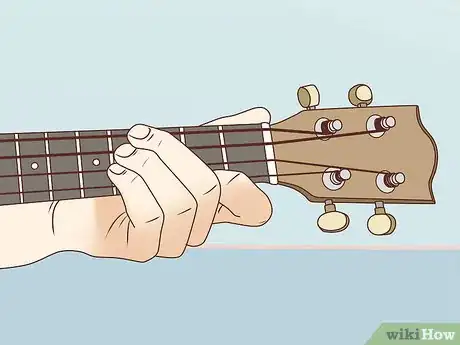
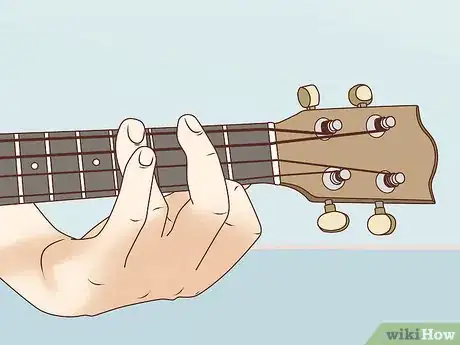

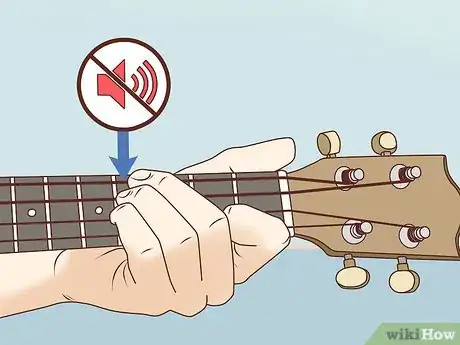
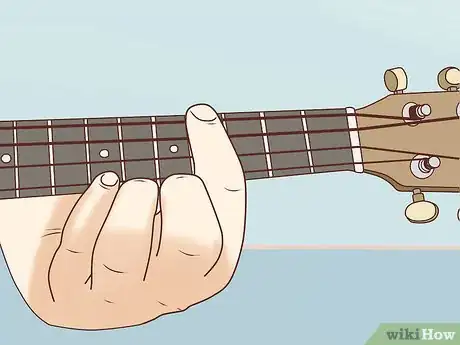
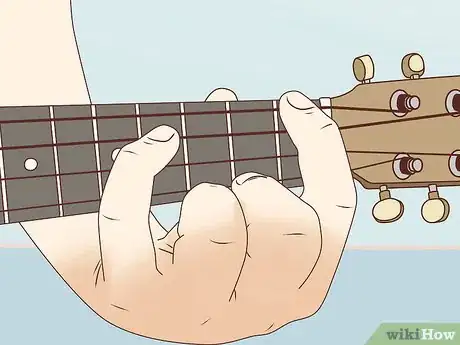
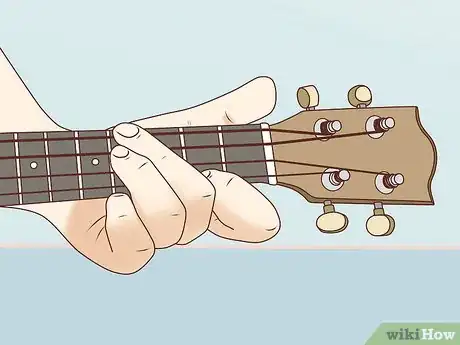
-of-a-Song-Step-9.webp)
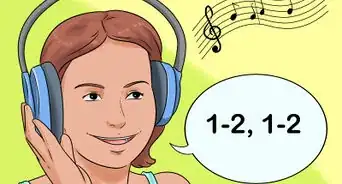
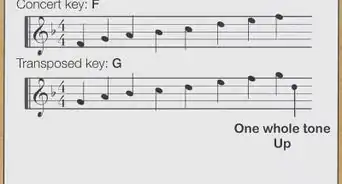



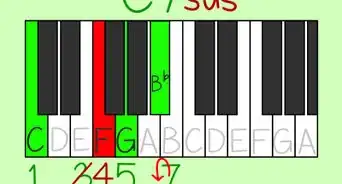

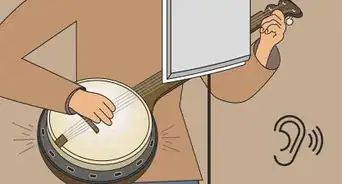
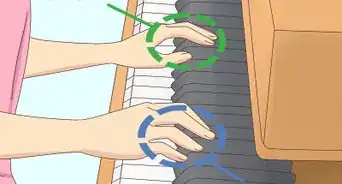
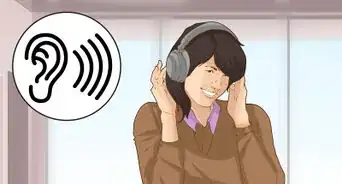
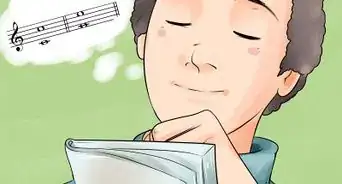

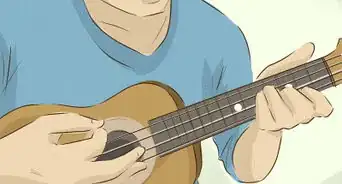








-of-a-Song-Step-9.webp)
